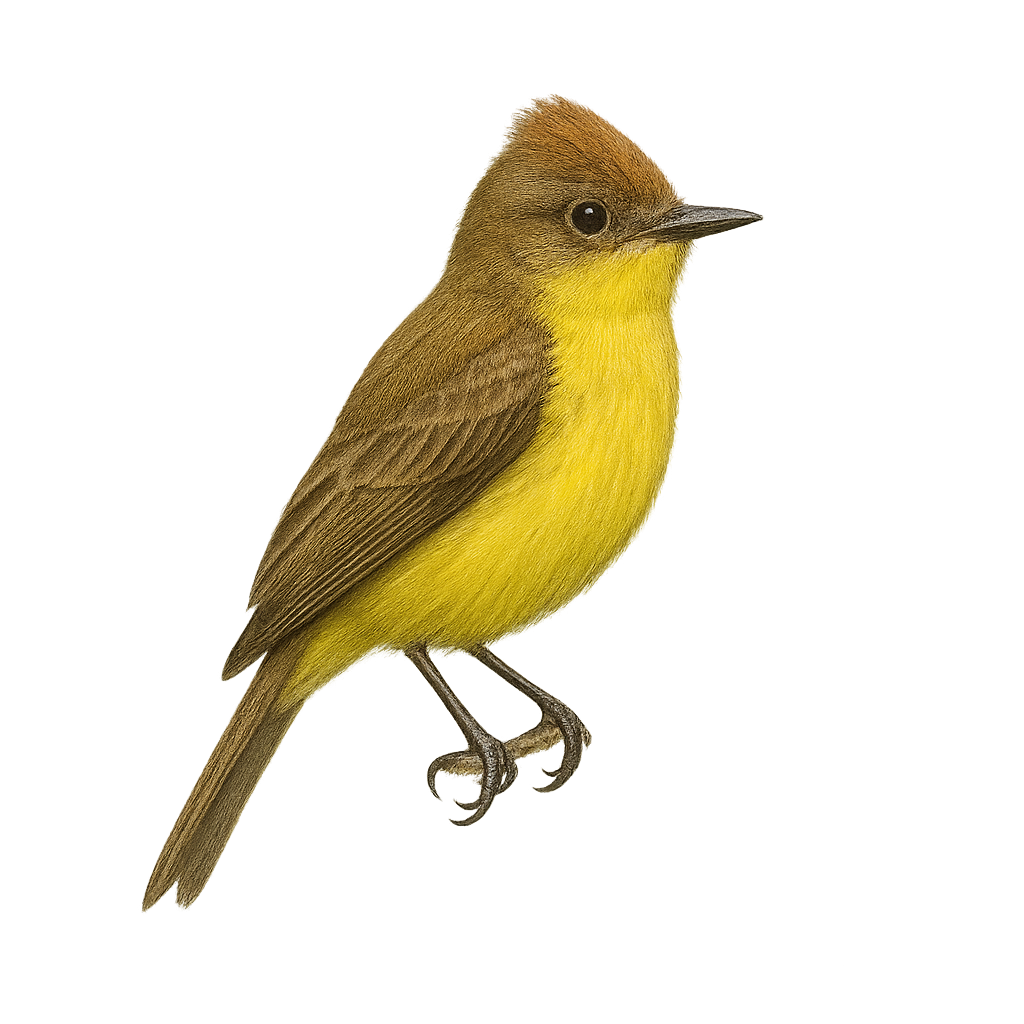Your wildlife photography guide.
Explore the yellowish tyrannulet in detail, study its behavior, prepare your shots.
Where to observe and photograph the yellowish tyrannulet in the wild
Learn where and when to spot the yellowish tyrannulet in the wild, how to identify the species based on distinctive features, and what natural environments it inhabits. The WildlifePhotographer app offers tailored photography tips that reflect the yellowish tyrannulet’s behavior, helping you capture better wildlife images. Explore the full species profile for key information including description, habitat, active periods, and approach techniques.
Yellowish Tyrannulet
Scientific name: Pseudocolopteryx citreola

IUCN Status: Least Concern
Family: TYRANNIDAE
Group: Birds
Sensitivity to human approach: Suspicious
Minimum approach distance: 10 m
Courtship display: November to December
Incubation: 14-16 jours
Hatchings: November to January
Habitat:
Wetlands, marshes, wet meadows
Activity period :
Primarily active during the day, with peak activity in the morning and late afternoon.
Identification and description:
The Pseudocolopteryx citreola, also known as the Yellowish Tyrannulet, is a small passerine bird belonging to the Tyrannidae family. It is primarily found in the wetlands and marshes of South America, particularly in Argentina, Brazil, and Uruguay. This bird is characterized by its bright yellow plumage on the belly and underparts, contrasting with darker wings and back. It is often seen moving swiftly through dense vegetation, searching for insects and small invertebrates. Although relatively discreet, its melodious and repetitive song makes it easily identifiable for birdwatching enthusiasts.
Recommended lens:
400 mm – adjust based on distance, desired framing (portrait or habitat), and approach conditions.
Photography tips:
To photograph the Pseudocolopteryx citreola, it is advisable to use a telephoto lens of at least 400mm to capture sharp images from a distance. As this bird is suspicious, it is best to stay about 10 meters away to avoid disturbing it. Opt for early morning or late afternoon hours when the light is soft to achieve naturally colored shots. Be patient and discreet, blending into the environment to observe its natural behavior.
The WildlifePhotographer App is coming soon!
Be the first to explore the best nature spots, track rutting seasons, log your observations, and observe more wildlife.
Already 1 430 wildlife lovers subscribed worldwide

